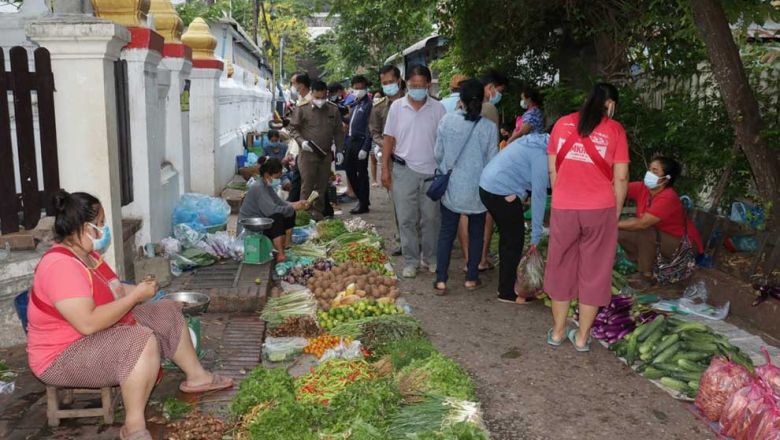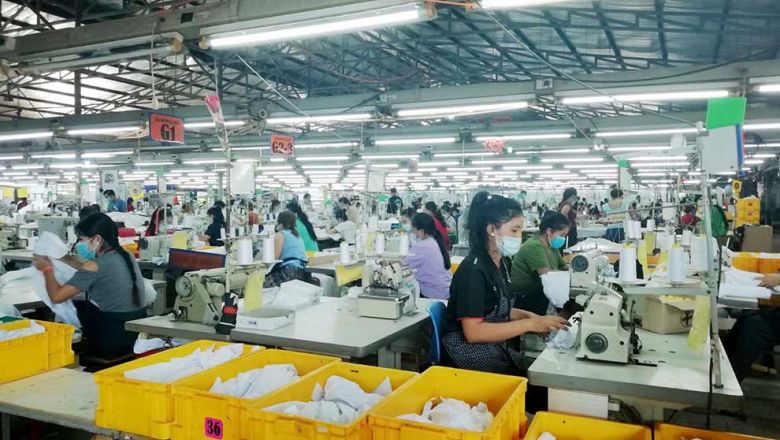Rising demand drives inflation in Laos
Rising demand drives inflation in Laos
Although the inflation rate is not great many people are still under financial stress because living costs are already high, according to a senior Lao economist.
The economist from the National Economic Research Institute, Dr Leeber Leebouapao told Vientiane Times on Monday that prices may have increased a little this year but they were coming from an already high base.
The inflation rate over the past seven months was below 2 percent except the figure recorded in January, according to the Bank of the Lao PDR.
In January, the Consumer Price Index stood at 122.7 with the inflation rate at 2.04 percent. This trended downwards to 1.44 percent in February, 1.19 percent in March, 0.95 percent in April, 1.19 percent in May, 1.37 percent in June and 1.17 percent in July .
Dr Leeber attributed the main reasons behind the falling inflation rate to a number of factors including the drop in fuel prices and the cut in government spending.
He said the inflation rate this year has mainly been driven by the food category, which is clearly related to rising demand but short supply.
“During the Asian financial crisis in 1997-98, inflation in Laos was driven by the exchange rate fluctuation which saw the Lao kip weakening against the US dollar and Thai baht. Nevertheless in 2005-2006, the inflation rate in Laos was driven by rising fuel prices on the world market,” he said.
“This year, banks in Laos have lowered their interest rates and the prices of fuel have decreased since late last year, contributing to lower the cost of production. But the inflation in our country this year has been driven by rising demand and short supply.”
Although the falling oil prices are contributing to lowering production costs in countries throughout the region including Laos, the prices of products have not declined in line with lower production costs.
Before the Lao New Year celebrations in April, the Ministry of Industry and Commerce issued an order for local authorities to work harder in managing the prices of products in local markets under their areas of responsibility.
Despite the issuing of the order, product prices have continued to rise, driven by the increasing demand for products, in particular for food.
In general, the inflation rate in Laos was lower than the rate of economic growth which was recorded at 7.5 percent this year.
Dr Leeber said one of the most significant things to do is to boost domestic production while reducing the value of imports. The government needs to help farmers reduce production costs so the produce of farmers can be competitive.
This year, economic growth in East Asia and the Pacific including Laos will slowdown. China's growth is expected to moderate to around 7 percent in the next two years compared with 7.4 percent in 2014. That slowdown in China will also be felt in Laos.
















